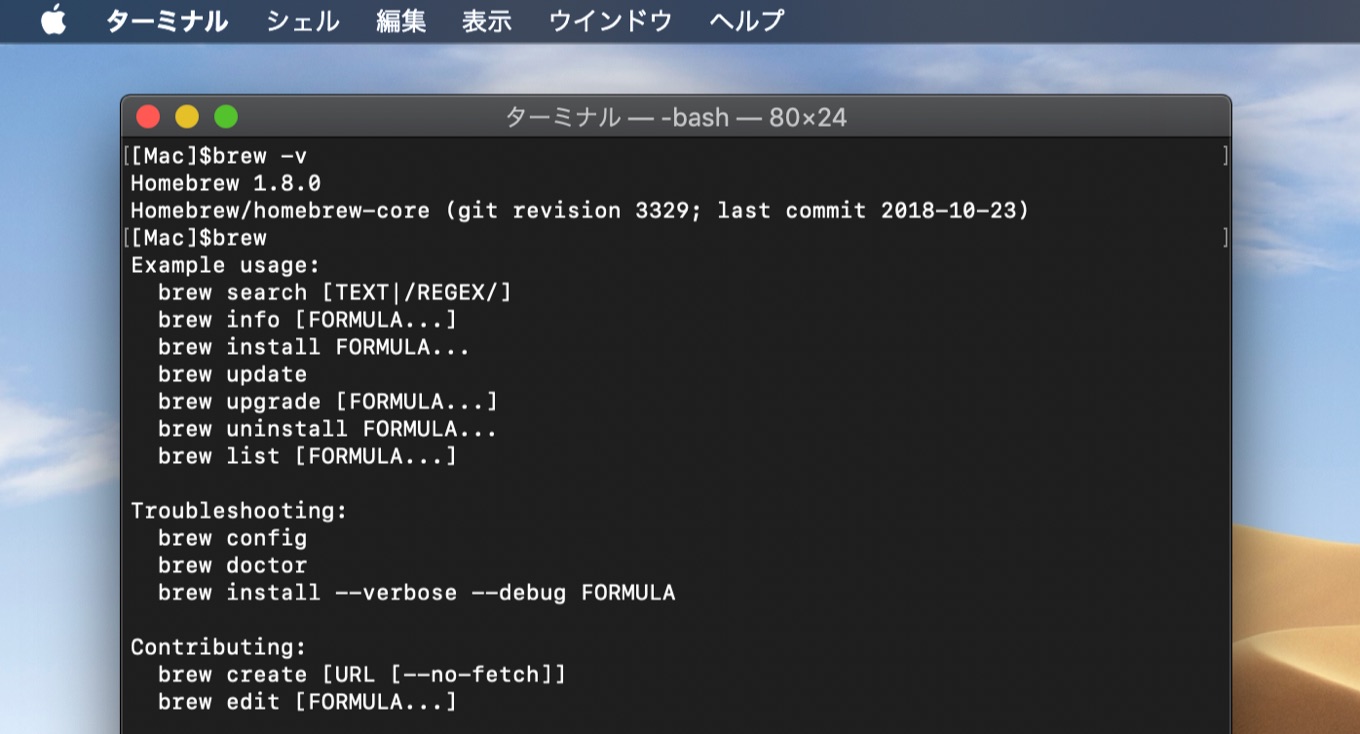
How To Install Brew On Macos Catalina

How To Install Brew On Catalina


Step 2: Install Node. By installing NodeJS you will also get NPM which is Node package manager. It will help you to install other packages. To install Node on your Mac using Homebrew type the following command. $ brew install node. Once you have Node installed you can check its version by typing the following command in the terminal. Installing Telnet on MacOS by Building Telnet from Source. This was the method I used. There are some prerequisite steps though, if you don’t already have them you’ll need to install the MacOS command line tools. Step 1: Installing the command line tools. Open a terminal and enter the following line, you’ll then be shown a pop up prompt.

Install Homebrew
Paste that in a macOS Terminal or Linux shell prompt.
The script explains what it will do and then pauses before it does it. Read about other installation options.
What Does Homebrew Do?
Homebrew installs the stuff you need that Apple (or your Linux system) didn’t.
Homebrew installs packages to their own directory and then symlinks their files into
/usr/local.Homebrew won’t install files outside its prefix and you can place a Homebrew installation wherever you like.
It’s all Git and Ruby underneath, so hack away with the knowledge that you can easily revert your modifications and merge upstream updates.
Homebrew complements macOS (or your Linux system). Install your RubyGems with
gemand their dependencies withbrew.“To install, drag this icon…” no more. Homebrew Cask installs macOS apps, fonts and plugins and other non-open source software.
Donate to Homebrew
Homebrew Blog
Analytics Data
Homebrew was created by Max Howell. Website by Rémi Prévost, Mike McQuaid and Danielle Lalonde.